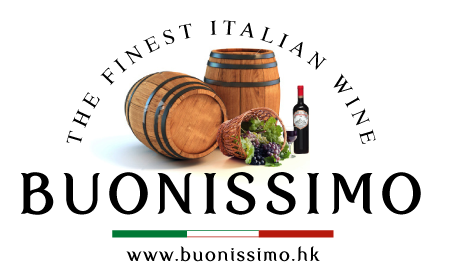B.lo Nardini Distillerie a Vapore
Bortolo Nardini, already an expert in the art of distillation, leaves his home town Segonzano in the Cembra Valley near Trento and descends upon Bassano to open his distillery and “grapperia” at the entrance to the famous bridge, designed by Palladio, on the Brenta river. The grapperia has remained unchanged through the years, in fact it is member of the group Historical Places of Italy, and now, just like then, is a meeting place for Bassano natives and everyone who crosses the most famous patriotic bridge in Italy. 1860 - Bortolo Nardini, grandson of the founder, introduces steam distillation, substituting the direct flame technique. A direct flame under the cauldrons filled with grape pomace moistened with water made it very difficult to control the temperature and maintain a consistent quality. Thanks to this innovation, the distillate retains a uniform quality that has been a hallmark of Nardini since the beginning. 1915-18 - This area was a tragic battleground in WWI, yet it was actually the war that caused a leap in popularity of grappa: it circulated freely among the soldiers on the front lines, warmed them on long cold nights in the trenches and helped keep their spirits up after the crushing defeat at Caporetto. When the war ended, the ritual of a sip of grappa and its intense and consoling aroma brought back nostalgic memories of youth and love: and grappa became a legend. 1939-48 - During WWII there were many difficulties for Nardini, among them the frequent requisitioning of grappa by the armed forces and the complete destruction of the bridge by the Germans as they retreated. After the war, the Alpini soldiers rebuilt the bridge financed entirely by private funds. It was dedicated to these soldiers when re-inaugurated on October 3rd 1948, by Alcide De Gasperi, and christened with a bottle of Nardini for good luck. The 1950's - In the post-war era consumer tastes undergo a change from sweet liqueurs to drier ones, and Nardini grappa conquers new markets in Italy and abroad, affirming themselves as the only Italian traditional distillate. Nardini also introduces something new: the aging of grappa in oak barrels, to positive acclaim in the market. The1960's - In 1964 the new distillery was inaugurated just outside the city center and on that occasion Nardini introduces a great innovation: vacuum distillation, permitting a distillation at lower temperatures to attain a product of superior quality. The 1980' and 90's - In 1981 a new transformation and bottling center was inaugurated: an important milestone that allowed Nardini to satisfy the ever-growing request in the Italian markets and abroad, thanks to the new automated and state-of-the-art plant. In 1991 Nardini purchased and completely refurbished the distillery of Monastier near Treviso where a substantial part of the distillation takes place. 2004 - 2004 gives birth to the Bolle, a research and events space, a significant contribution to contemporary architecture that the Nardini family commissioned to architect Massimiliano Fuksas to celebrate the 225th anniversary of the company. A new product was launched for the occasion - 15 anni: a reserve grappa aged 15 years in Slavonian oak barrels.












